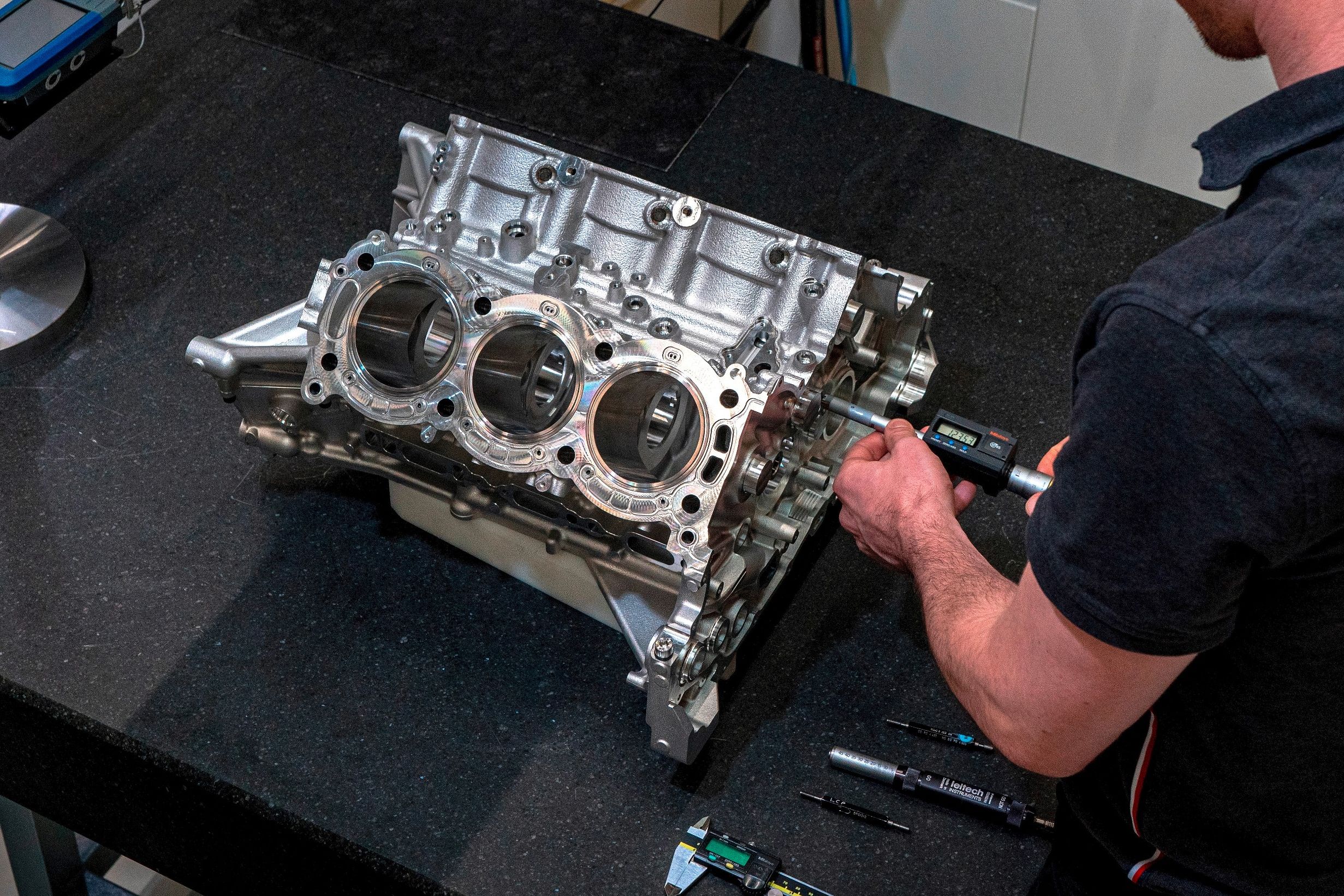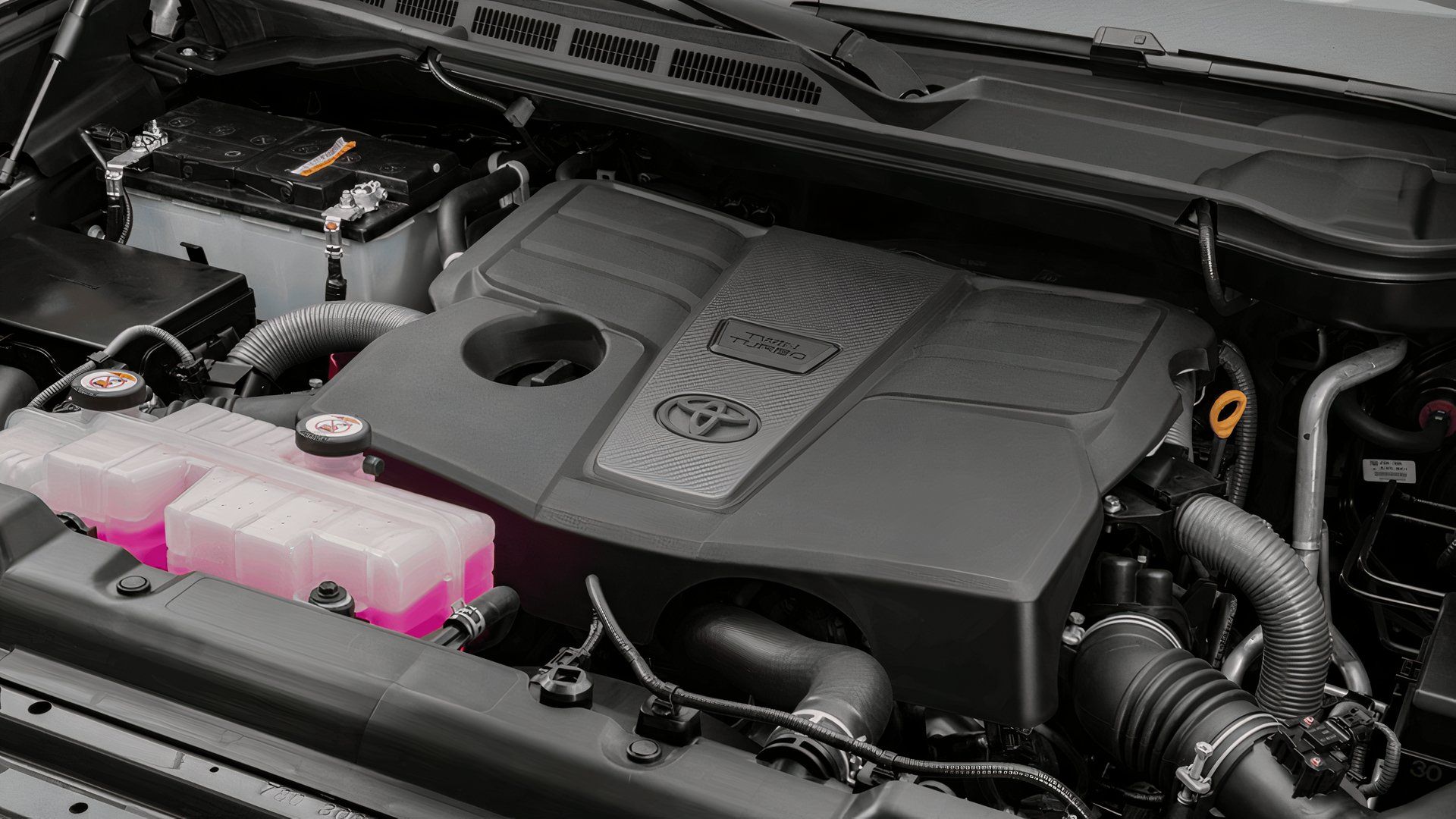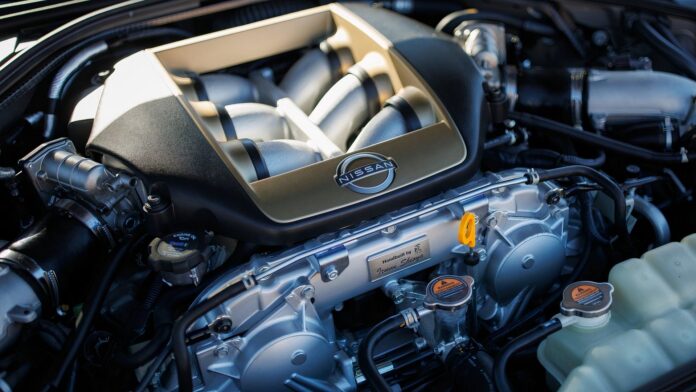If you compare the different vehicle segments to tools, a muscle car would be a hammer and a pickup truck would be a wheelbarrow. Meanwhile, a supercar would be an X-ACTO knife, perfectly designed for precision and performance. Because the supercar is a precision instrument, the method of its manufacture should be just as precise. After all, it needs to hang on the very edge of what’s physically possible – the bleeding edge of technology.
Related
Who Builds The Best Supercar Engines Currently In Production?
When talking about the best engines on the market, we have to look at the supercar segment.
A supercar’s engine also needs to embody its precise nature, and it’s said that one of the best ways to do this is by constructing the motor within a hermetically sealed area. Hermetic sealing, in essence, means an airtight seal. The term’s origin dates back to an ancient Greek mythological story wherein the legendary Hermes Trismegistus supposedly created the first airtight bond using a secret sealing method on a hand-blown piece of glass. Supercars, like ancient mythology, are wonderous things, so building their engines within a sealed factory using a method bearing Hermes’ name certainly carries some weight.
Hermetic Sealing: The Basics
Before we dive into how it’s used in the automotive industry, it’s important to know just what exactly hermetic sealing is and how it’s achieved. In general, hermetic sealing creates an airtight seal which cannot be breached by air, dust, or any other contaminants. Hermetic sealing is widely used across a broad spectrum of industries, including within the plastics and rubber industries, along with the medical field and in hazardous material cleanup.
One of the most common forms of hermetic sealing which most of us are familiar with is vacuum sealing. Many different types of food are vacuum sealed to keep air out. Canned goods are another example of hermetic sealing. Commercial electronic manufacturing also uses hermetically-sealed environments to produce products such as thermostats, semiconductors, and switches.

Related
Watch How Mercedes-AMG Engines Are Built By Hand
Each engine takes four to five hours to complete.
Another form of hermetic sealing is grease application. If you’ve ever purchased parts for your car, such as brake rotors, they will usually come with a thin layer of grease from the factory which needs to be cleaned off before installation. The grease acts as an airtight seal, preventing metal oxidation and rust during storage and shipment.
How A Hermetic Seal In Engine Manufacturing Works
As we mentioned previously, hermetic sealing makes for an airtight space. One of the major benefits of hermetic sealing is its ability to keep any and all foreign particles out of whatever it is you’re assembling. When it comes to engines, this is particularly advantageous as you don’t want any dust, debris, or metal particles to become lodged within the assembled engine. Impurities can get into engines during manufacturing and have been responsible for various recalls over the years.

Related
Deep Dive: Toyota Tundra’s Turbo V6 Engine Problems
Here’s a closer look at the issues threatening to damage Toyota’s enviable reputation for reliability.
We’ve learned recently just how dangerous engine manufacturing can be for the consumer. Just a few months ago, roughly 100,000 Toyota Tundras and Lexus LX models were recalled for having left-over bits of metal shavings stuck inside the engine, leading to disastrous consequences, mainly motor seizure. While hermetic sealing would not have affected this issue, it goes to show just how carefully an engine must be built and how clean it must be inside before final assembly, otherwise disaster could strike. Another example of contaminants ruining engines is the persistent stories of engine failure on the Toyota GR86 and Subaru BRZ due to excessive RTV sealant dislodging and entering the engine oil.

Related
Toyota And Subaru Face Class Action Lawsuit Over GT86 and BRZ Engine Failures
Lawsuits claim both brands knew the engines were defective.
When it comes to supercars and performance vehicles, their engines must be absolutely perfect when it comes to their assembly. Engines in such cars will have to deal with stresses such as high turbo boost, high revs, and lots of wide-open throttle. Not to mention, today’s engines have such tight tolerances – such as the amount of space between a piston ring and a motor’s cylinder wall, or between bearing surfaces – that even a microscopic spec of dust can accelerate wear. The solution to this risk is hermetic sealing.
Who Has Used Hermetic Sealing In Engine Manufacturing?
Two mass-market automotive manufacturers are known to have used a hermetically sealed area to construct engines. The first and most popular is Nissan, which used a specially-prepared, hermetically-sealed area to assemble the 3.8-liter twin-turbocharged VR38DETT V6, the motor found within the Nissan GT-R R35. The second manufacturer is Toyota, who used a similar method to construct the 4.8-liter 1LR-GUE even-firing V10 found in the Lexus LFA. Below, we’ll take a brief look at the specs of each motor:
|
Nissan 3.8L VR38DETT V6 |
Lexus 4.8L 1LR-GUE V10 |
|
|---|---|---|
|
Horsepower |
565-600 hp |
552 hp |
|
Torque |
467-481 lb-ft |
354 lb-ft |
|
Compression Ratio |
9.0:1 |
12.0:1 |
|
Bore x Stroke |
3.76 x 3.48 inches |
3.46 x 3.11 inches |
|
Rev Limit |
6,800 rpm |
9,000 rpm |
|
Engine Weight (Dressed) |
608 lbs |
366 lbs |
In Nissan’s case, each VR38DETT V6 is assembled by one person, so as to not interrupt the continuity of work. Some workers are dressed in suits typical of what you’ve seen biolab workers in movies wear to prevent any sort of contamination. The engines are assembled by hand using nothing but hand tools, and are then mated to a transmission which was specially tuned for that specific engine. Due to the nature of its manufacturing, no Nissan VR38DETT V6 is the same.

Add CarBuzz to your Google News feed.
As for the Lexus, the engine assembly process was largely similar to Nissan’s, although the LFA’s transmissions were not specially tailored to each individual engine. The 1LR-GUE V10 was co-developed with Yamaha, which supplied various components. Yamaha also developed the LFA’s exhaust system using their music division, making sure the supercar’s exhaust note was as pleasing to the ear as possible.
Disadvantages Of Hermetic Sealing In Automotive Manufacturing
One of the largest disadvantages to hermetically-sealed manufacturing is cost. This unfortunate truth can be seen clearest if we look at Toyota. When the Japanese automotive giant was producing the Lexus LFA, the company admitted to losing money on each LFA produced. Toyota wouldn’t say how much each example cost to build, but several sources speculate the number touched around $750,000. For reference, the LFA’s original MSRP was $375,000.
While there are loads of factors that culminated in the LFA’s steep production price, its hermetically sealed factory, no doubt, played a role in it. After all, a hermetically-sealed area needs to adhere to certain guidelines and contain special air scrubbers and other precautions. As for the Nissan GT-R R35’s production cost, Nissan alluded to the figure brushing $100,000 for each GT-R R35 built. However, in Nissan’s case, the GT-R’s base price, as of 2024, sits at about $122,000.
Sources:
AMSEngineering.com,
Nissan USA
,
Lexus
.



